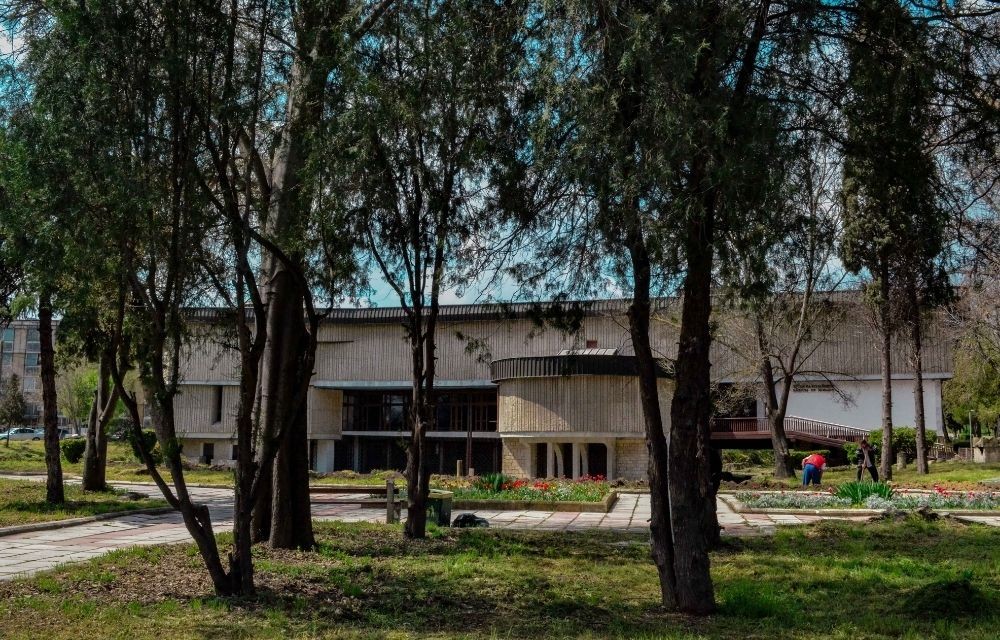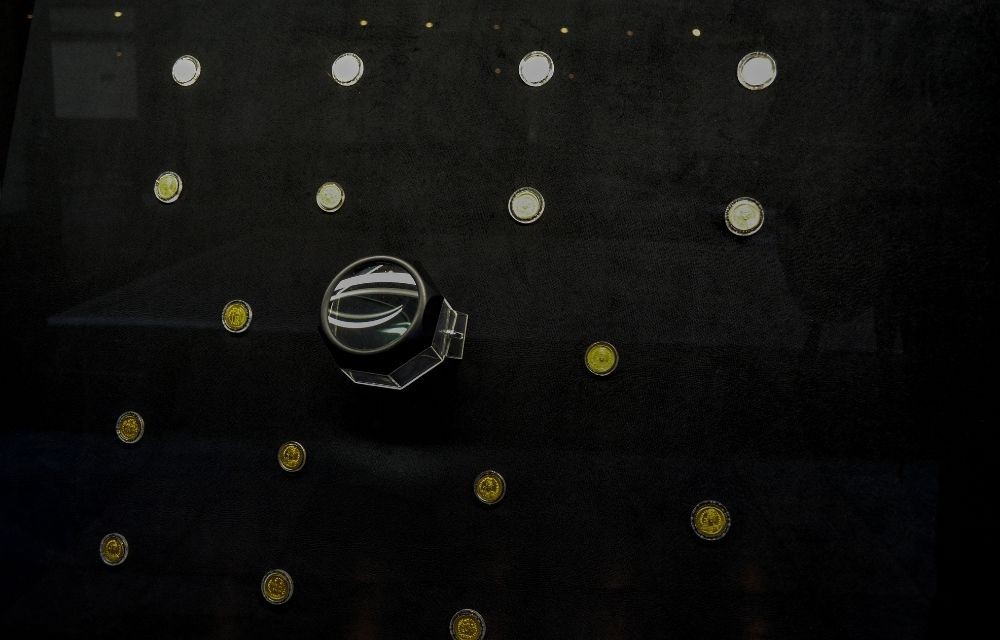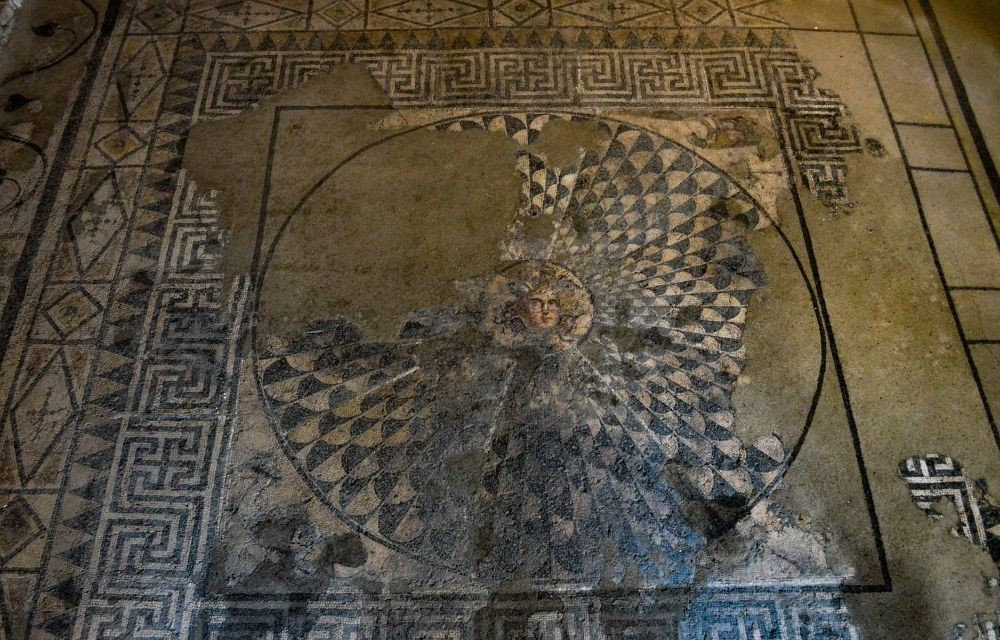Few people travelling to the northern portion of Bulgaria’s Black Sea coast take a turn so they can go and see one of the biggest cities founded in this part of the Balkans during the time of the Roman Empire – Marcianopolis, capital of the Roman province of Lower Moesia. Over its ruins now rises the modern-day town of Devnya. But once, there were magnificent public buildings here, a library, baths and a triumphal arch, and the floors of the houses were lavishly decorated with spectacular mosaics. Some of them are on display at Devnya’s Museum of Mosaics, the only mosaics museum in this country.

At the end of 2019, a little before the outbreak of the Covid-19 pandemic, archaeologists discovered a remarkable gold treasure. While they were studying the remains of a 1,600 year-old Roman building, which was burnt down in the 5th century, they stumbled upon 19 high-carat Roman coins.
“The gold treasure is very clear evidence and dates the great Hunnic invasion of 447 AD when, according to historical sources, Marcianopolis was conquered and burnt down by the Huns,” says Ivan Sutev, director of the Museum of Mosaics. “As a matter of fact more often than not the discovery of treasures is connected with some kind of big natural or human cataclysm. In this case – the destruction and burning down of Marcianopolis. We found these 19 solidus coins – coins from the Late Roman Empire – literally scattered all over the floor of the room. They were probably scattered as people were fleeing, or in some murderous clash. After which, when the house was burnt, a clay wall collapsed on top of them. That was how they survived in mint condition, as, obviously they were not in circulation for long. They actually look as if they were minted yesterday.”

In the same region, in 1929, archaeologists chanced upon one of the biggest treasures found in these lands – 120,000 silver Roman coins weighing 290 kg., the oldest of them minted in the time of Marc Antony. The latest find in the ancient Marcianopolis is from the time of the emperors Theodosius II and Valentinian III and tell intriguing stories of life 16 centuries ago.
“These coins are valuable as exhibits, but they are also a fount of information because there are different scenes depicted on them,” Ivan Sutev says. “On one side of the coin we have the emperor or a member of his family, most often his wife, and on the reverse side – interesting scenes from life. From them we learn of important events in the life of the imperial court during the 5th century. For example, we discovered a coin minted in honour of the coronation of Aelia Eudocia, wife of Emperor Theodosius II. The Byzantine empress is richly dressed and wears jewellery of exceptional beauty, and over her is the hand of God, placing a crown on her head. Another fascinating coin from the treasure depicts the coronation and the bestowing of the title Augustus on Valentinian III, Western Roman Emperor and cousin of Theodosius II.”

Photos: Veneta Nikolova
The Days of Croatian Archaeological Heritage, which will last until 8 November, begin today at the National Archaeological Institute with Museum at the Bulgarian Academy of Sciences (NAIM-BAS) in Sofia. The event is organised by the Croatian Embassy in..
Today, 6 November, marks 104 years since the annexation of the Western Outlands in 1920. Traditionally Bulgarian territories in south-eastern Serbia and northern Macedonia were ceded to the Kingdom of Serbs, Croats and Slovenes in 1920 as a result of..
Volunteers joined the efforts to clean and restore the monastery St. Spas near Bakadzhik peak. The campaign is being organized on 2 November by Stoimen Petrov, mayor of the nearby village of Chargan, the Bulgarian news agency BTA reports. The..
On November 25, the Bulgarian Orthodox Church honours the memory of St. Clement of Ohrid – a distinguished archbishop, teacher and scholar. He was among..

+359 2 9336 661
